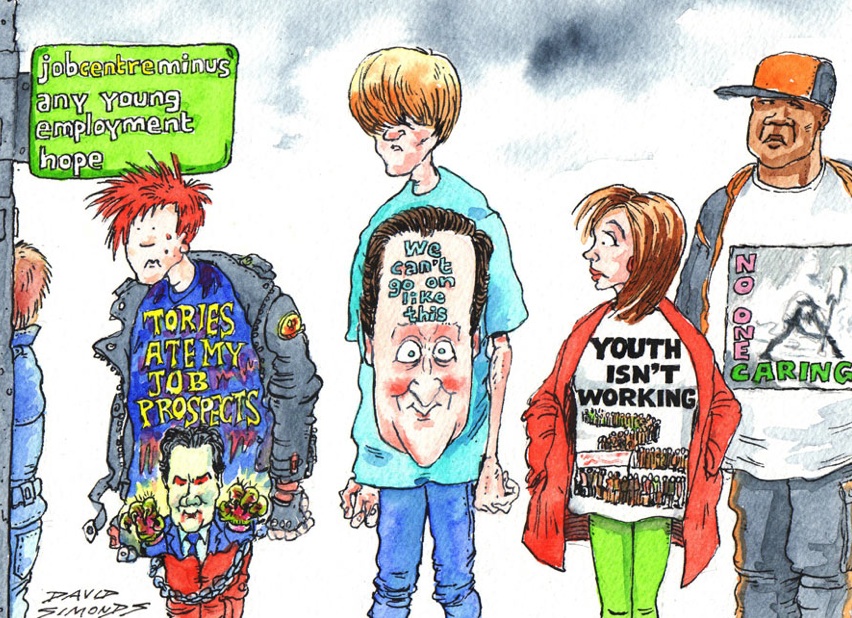In the late 1980s, the Soviet Union was forced into an embarrassing scramble for money. It tried to make deals with numerous banks, but the funding offered was far smaller than what the country required. Food shortages worsened, and Moscow needed the help of governments in the West, for which the USSR effectively had to allow Eastern European countries to assert independence.
Writing in 2007, some warned against the consensus that oil prices would stay high:
What lessons can we learn from the Soviet collapse and apply to the current situation in Russia? First, we must remember that Russia today is an oil-dependent economy. No one can accurately predict the fluctuations of oil prices. The collapse of the Soviet Union should serve as a lesson to those who construct policy based on the assumption that oil prices will remain perpetually high. It would seem that in our country, which has lived through the collapse of the late 1980s and early 1990s, this fact would be evident. But as soon as the prices went up again at the beginning of 2000 and in 2004 became comparable in real terms to those at the beginning of the 1980s, the idea that “high oil revenues are forever” has gained an even wider acceptance.
Russia today isn’t the same top-down, command-and-control economy that it was in the 1980s, but the dynamic hasn’t changed entirely. The country is still hugely dependent on oil, particularly in terms of tax revenues and exports.
And Yego Gaida, the Russian economist, r thinks the collapse of the Soviet Union is still relevant for modern Russia:
One more lesson that is relevant for Russian politics today is that authoritarian regimes, although displaying a façade of strength, are fragile in crisis. In conditions of relative stability, society is prepared to tolerate the lack of real elections. People are prepared to come to terms with this situation as an inevitable and habitual evil. But they will do so only until the country encounters a serious challenge, requiring decisive and tough measures in order to adapt to unfavourable conditions.










